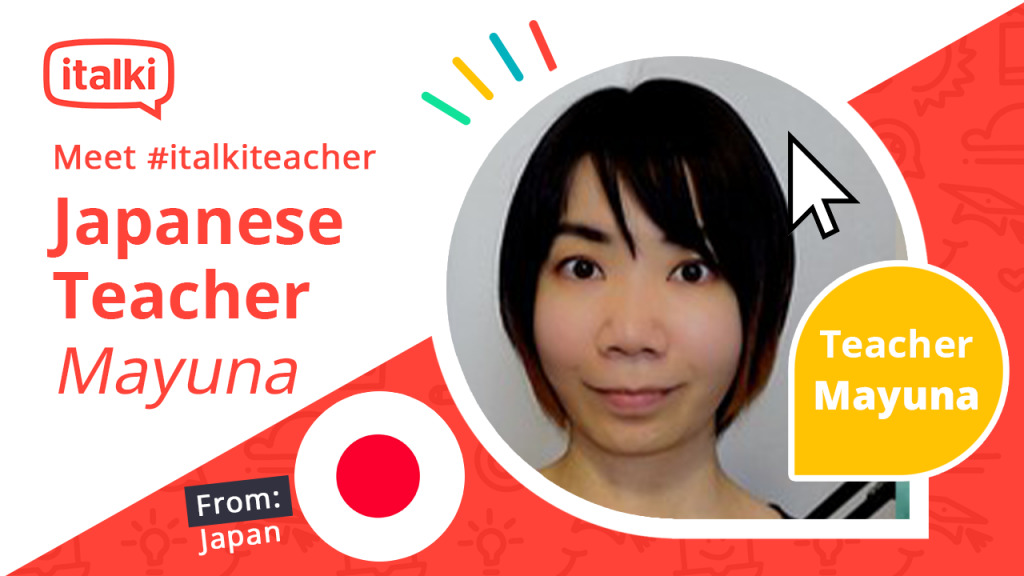18. 家電の保証書
はい、こんにちは。今回はポッドキャストの18回目です。アメリカではDaylight Saving Timeの時計の切り替えが始まりましたね。時計の針をどちらに進めたらいいかわからなくて、いつも混乱してしまいます。日本にはDaylight Saving Timeはありませんが、レッスンの時間を間違えないように、私は毎年確認しています。そういえば今週、私は35歳になりました。誕生日のメッセージをくれた皆さん、どうもありがとうございます。これからもどうぞよろしくお願いします。
Hello. This is the podcast episode 18. The Daylight Saving Time clock switchover has started in the USA. I always get confused because I don’t know which way to move the hands on my watch. We don’t have Daylight Saving Time in Japan, but I check mine every year to make sure I don’t get my lesson time wrong. Speaking of which, I turned 35 this week. Thank you very much to everyone who sent me birthday messages. I will keep doing my best.
大阪はすっかり暖かくなりました。冬用のジャケットも布団もしまいました。私は最近、部屋の整理をしています。日本では、家電を買うと、ほとんどの場合、保証書がついてきます。「家電」とは、テレビやパソコンなど、家で使う電気製品です。「保証書」とは、家電が使える期間を、メーカーが保証したドキュメントです。保証の期間は、だいたい1年から3年ぐらいです。この期間に家電が使えなくなったときは、店に保証書とレシートを持っていきます。そうすると、新しいものに交換してもらえます。なので、家電を買ったときは、保証書とレシートはすぐに捨ててはいけません。
It is now completely warm in Osaka. I put away my winter jacket and futon. I have recently been reorganising my room. In Japan, when you buy Kaden, it almost always comes with Hoshousho. “Kaden” (home electrical appliances) are electrical goods used in the house, such as televisions and computers. “Hoshousho” (a warranty card) is a document in which the manufacturer guarantees how long the appliance will be usable. The warranty period is usually from one to three years. If the appliance becomes unusable during this period, you can take the Hoshousho and receipt to the shop. They will then replace it with a new one. So when you buy Kaden, do not throw away Hoshousho and receipt immediately.
保証書はマニュアルの最後のページにあるのが一般的ですが、ときどき、箱に貼られていることがあります。私は一昨年の夏に、BTOパソコンを買いました。マザーボードやCPUの保証書は箱に貼られていたので、箱も取っておかなければなりません。「取っておく」とは、後で使うために残しておくことです。保証書や、マニュアルや、箱などを取っておくと、気がつかないうちに量が多くなってしまいますね。私の場合は、A4のファイル3冊分になっていました。紙だと無くす心配があるし、保管にもスペースが必要なので、保証書やマニュアルは全部デジタルにしたほうがいいと思います。
Hoshousho is usually on the last page of the manual, but sometimes it can be found on the box. I bought a BTO computer the summer before last. Hoshousho for the motherboard and CPU were attached to the box, so I had to keep the box as well. By “Totteoku” I mean keep it for later use. If I keep Hoshousho, the manuals, the boxes, etc, I end up with a lot of stuff without realising it. In my case, it was the equivalent of three A4 files. I think all Hoshousho and manuals should be digital, because you have to worry about losing them if they’re on paper, and they need space for storage.
はい、じゃあ今日はこんな感じで終わりたいと思います。また来週お会いしましょう。どうもありがとうございました。
Well, I think that’s it for today. See you next time and thanks for listening!
